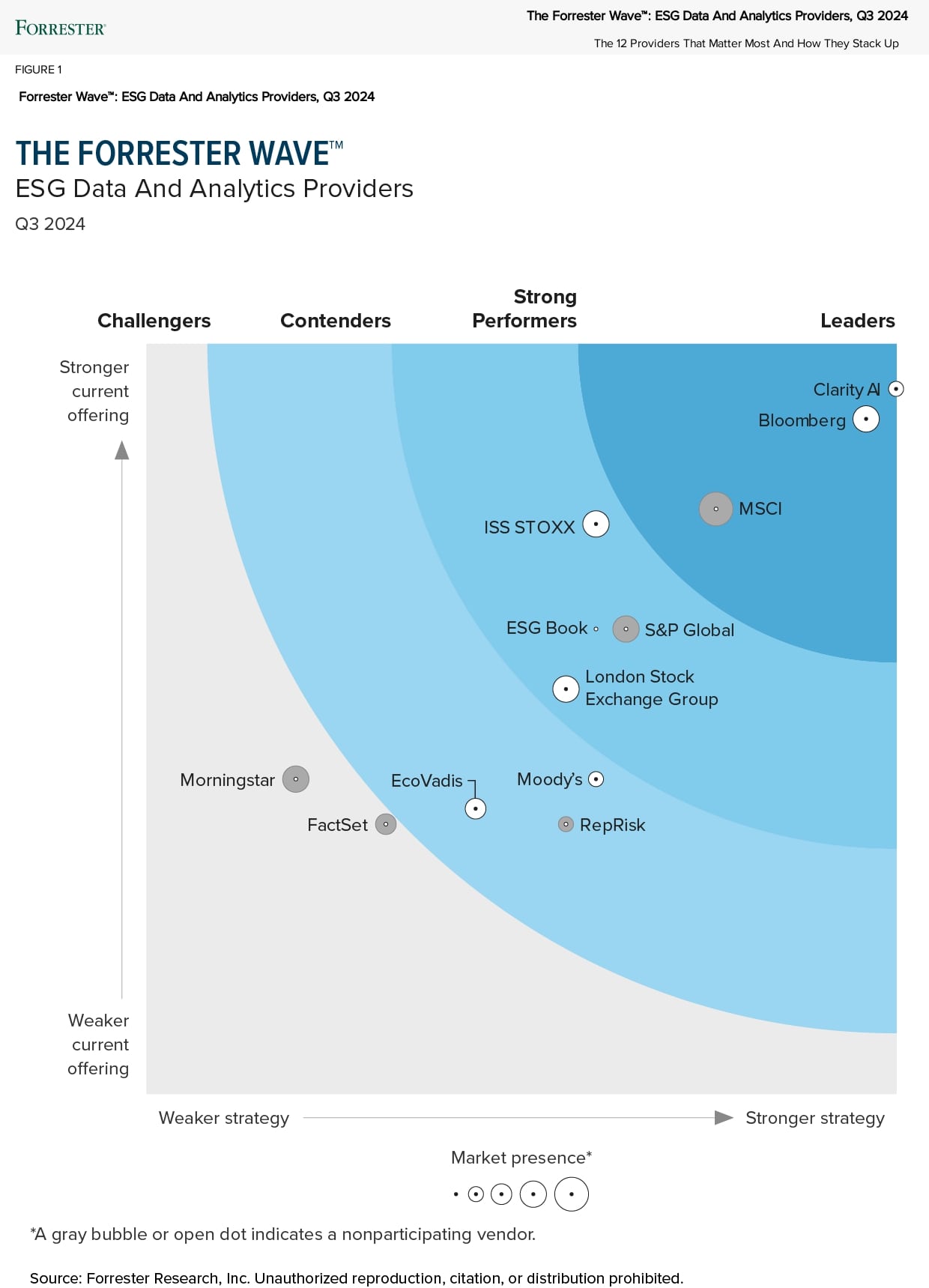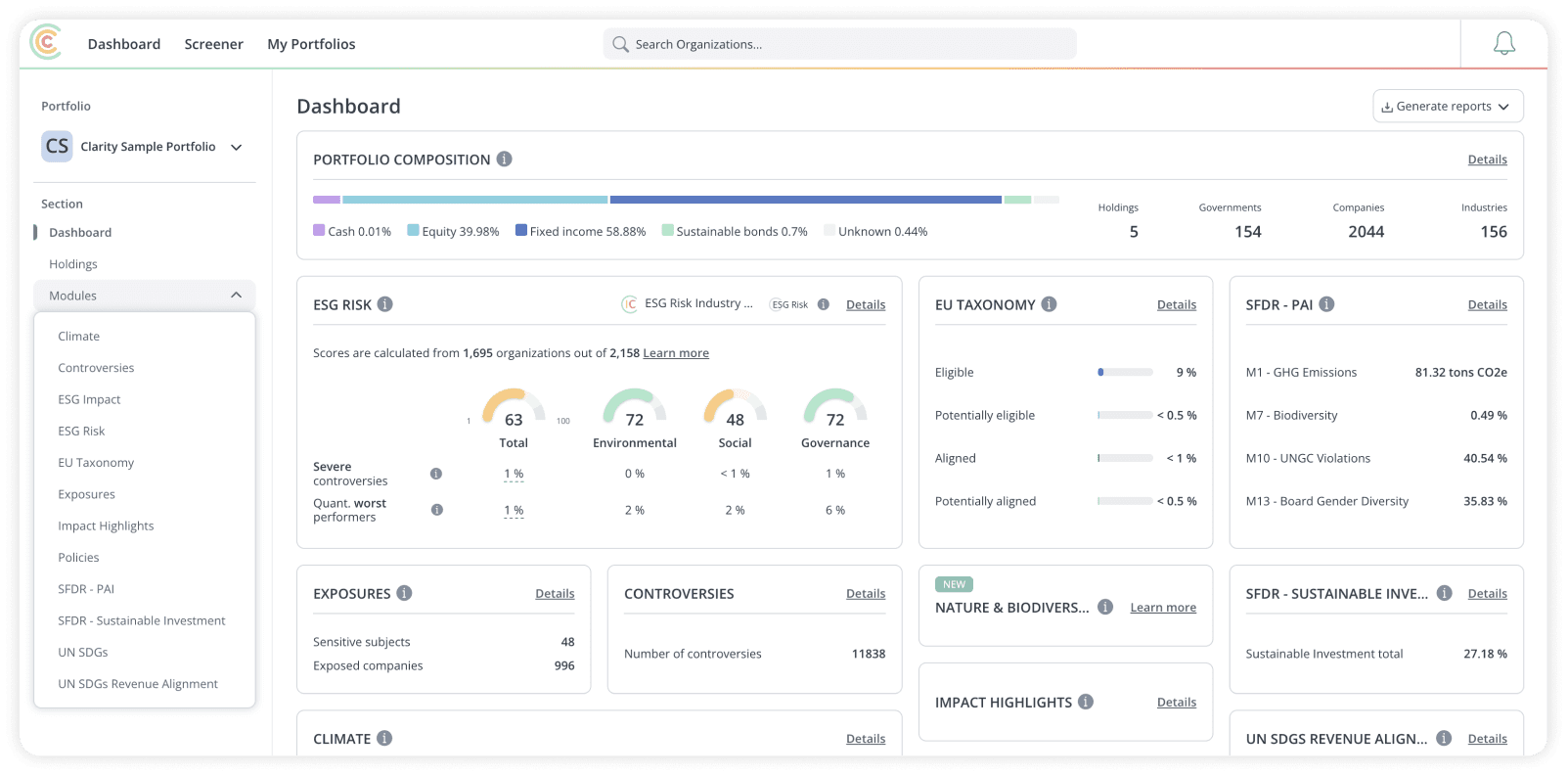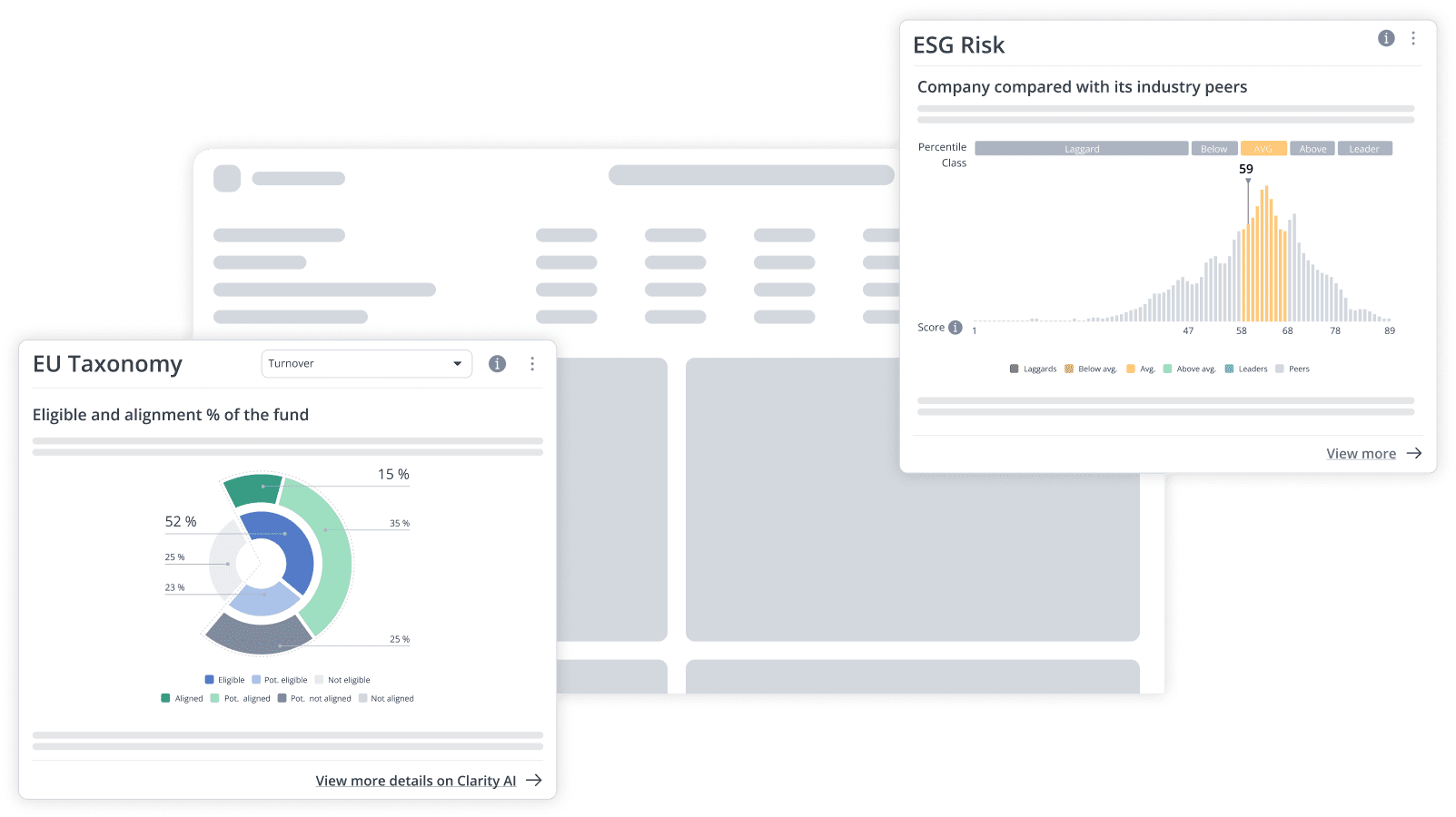Roughly 20% of instances showed significant variations of over a 50% difference in their values
As the world transitions to a low-carbon economy, investors are recognizing the need to incorporate environmental, social, and governance (ESG) factors into their investment decisions. One of the most pressing ESG issues is climate change, and achieving net zero emissions is crucial in mitigating its impact. However, for investors to effectively evaluate companies’ net zero strategies, they need reliable data that is consistent, comparable, and transparent.
In recent years, sustainability reporting has become an integral part of corporate responsibility, with companies around the world acknowledging the need to address their environmental impact. As such, the disclosure of Greenhouse Gas (GHG) emissions has gained significant importance, prompting companies to provide emission values through the widely recognized Carbon Disclosure Project (CDP) Climate Change Questionnaire or via their Annual and Sustainability reports. Despite these advancements, some discrepancies remain between the data reported by companies to the CDP and that which they report in their own reports.
These discrepancies – due to a number of known reporting challenges (such as the use of inconsistent reporting methodologies and companies excluding certain subsidiaries in their CDP questionnaire so that their emission boundaries are consistent with their net zero targets) pose a problem when investors want to make informed decisions. Furthermore, we have found that external verification is a key element to ensure asset managers have access to trustworthy data. In this blog post, we will delve into the findings of this analysis, explore the factors behind these disparities, and propose concrete actions that investors can take in order to boost the confidence and consistency of the GHG emissions data they use
How often do companies disclose GHG emissions that do not match their annual reports?
A study conducted by Clarity AI encompassing 1,473 data points from 859 companies that disclosed climate data to the CDP in 2022, revealed a concerning trend –one in every five companies disclose different GHG emission in the CDP questionnaire and their Annual or Sustainability reports. This pattern was the same for both Scope 1 and Scope 2 emission values and, while 10% of the discrepancies were smaller than a 10% difference, roughly 20% of instances showed significant variations of over a 50% difference in their values. Interestingly, there was no discernible pattern in terms of underreporting or over reporting.
Figure 1. Number of discrepancies, per reported type of emissions (we compare both Scope 2 accounting approaches, namely location and market based)
NOTE: Data shown for 1,473 data points from 859 companies that disclosed climate data to the CDP in 2022 and within their Annual or Sustainability reports. Source: Clarity AI and CDP
Underlying patterns
One pattern that stands out is the role of third-party verifications. Our data shows that the discrepancy rate drops from 27% for non-verified companies to 15% for verified companies. Furthermore, discrepancies were found to be more prevalent in emerging economies compared to Europe and North America. Specifically, companies from Asia exhibited higher discrepancy rates (31% compared to ~14% in Europe and North America). Interestingly, the study indicated that companies reporting to the CDP for the first time during 2022 did not present significantly more discrepancies than those with prior reporting history (18% vs 19%).
Figure 2. Number of discrepancies per region (considering both Scope 1 and Scope 2 values)
NOTE: Data shown for 1,297 data points from 793 companies with headquarters in North America, Europe, and Asia, that disclosed climate data to the CDP in 2022 and within their Annual or Sustainability reports. Source: Clarity AI and CDP
All these differences are mostly explained by human errors when companies report to the CDP (~80% of the cases) or by the use of inconsistent reporting methodologies (e.g., companies reporting only their headquarter’s emissions to the CDP and their full emissions in their own reports), as illustrated in the two examples below.
Illustrative Examples
Example of human reporting error: A leading industrial sector company based in Europe, whose data has not been verified by a third-party.

The reason for the discrepancy is that the company mistakenly reports to the CDP the Scope 1 value in units of intensity (tons of CO2 divided by revenue) instead of units of emissions (tons of CO2).
Example of inconsistent reporting methodology: A large company operating in the consumer staples industry located in Asia, whose data has been verified by a third-party.

The reason for the discrepancy is that the company reports to the CDP only the emissions related to the company's headquarters operations while in their report, they provide the total emissions from all countries where it has operations.
Addressing the Challenges
New regulations can support the standardization of reporting practices amongst companies. In June 2023, the ISSB published its first two global reporting standards IFRS S1 and S2 which mark a significant milestone in the global standardization of sustainability reporting. The International Organization of Securities Commission (IOSCO) endorsement of the ISSB standards should pave the way for the development of regulation and legislation that is aligned across borders. Furthermore, local initiatives, for example the Corporate Sustainability Reporting Directive (CSRD), could support companies to improve the consistency and quality of their emissions data by mandating some level of third party audit or assurance, which is a key lever to further standardize reporting practices and is crucial for asset managers to access high quality and consistent GHG emissions data.




